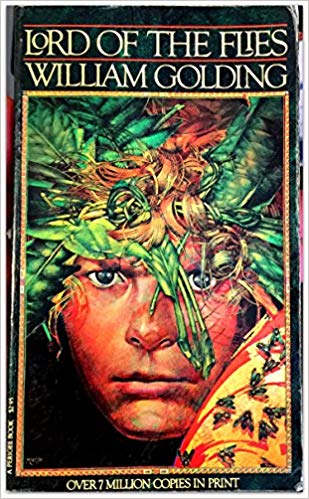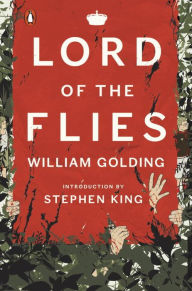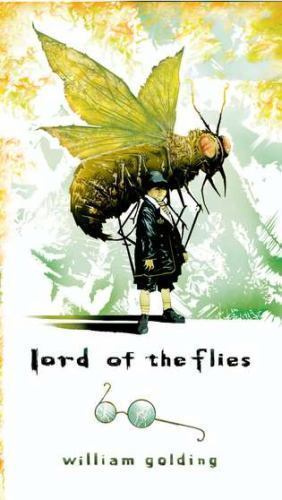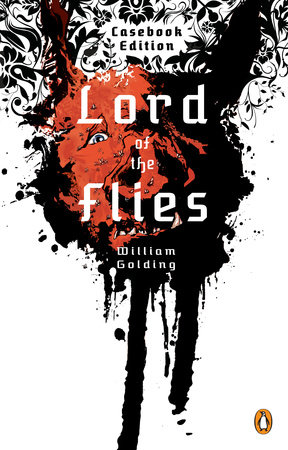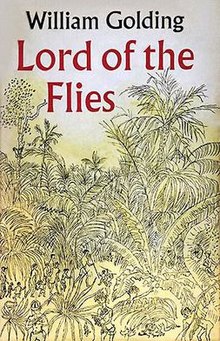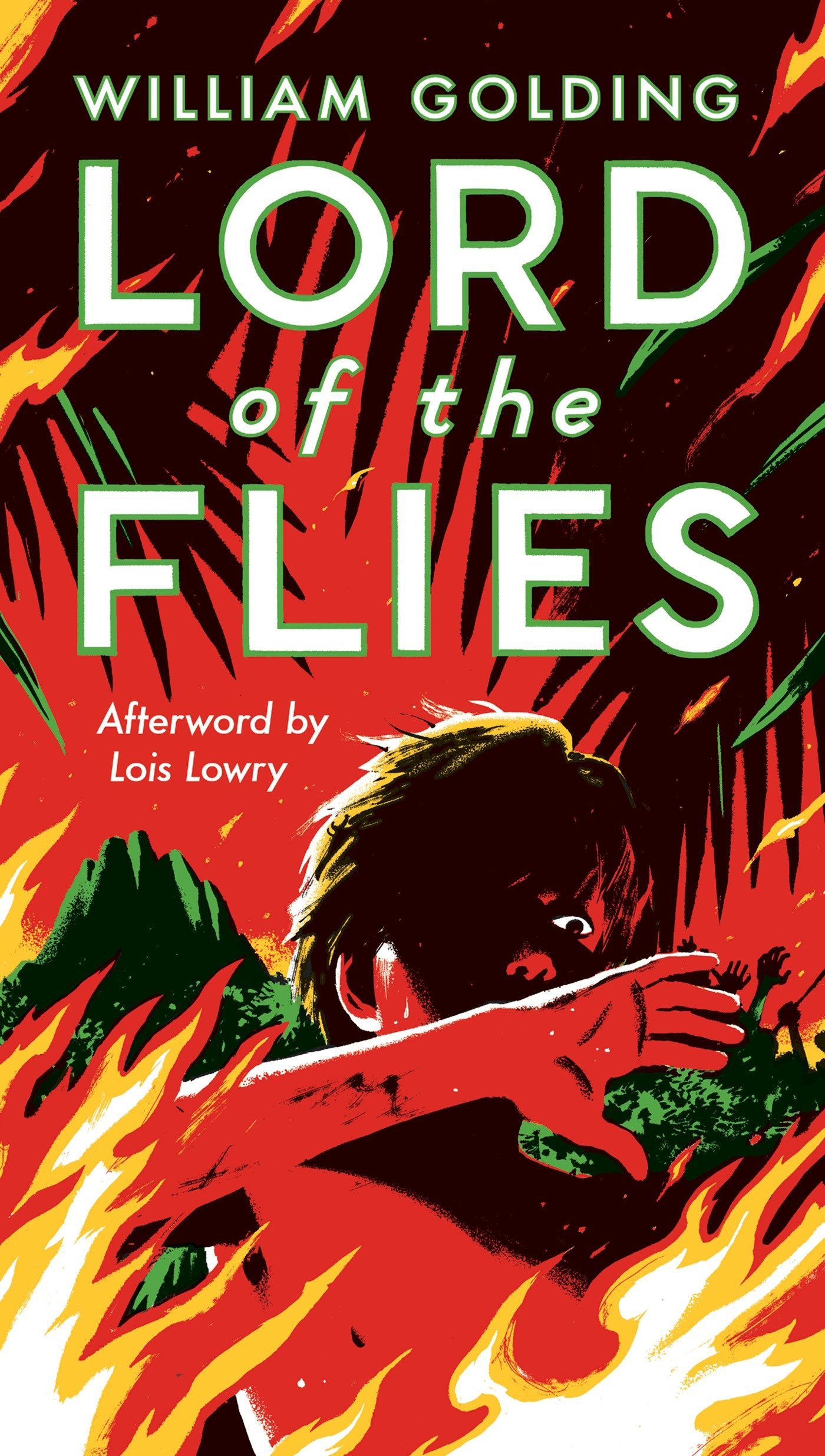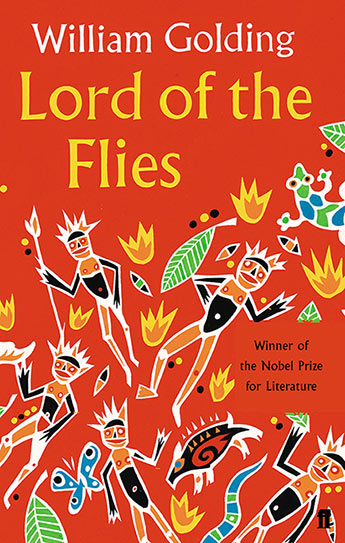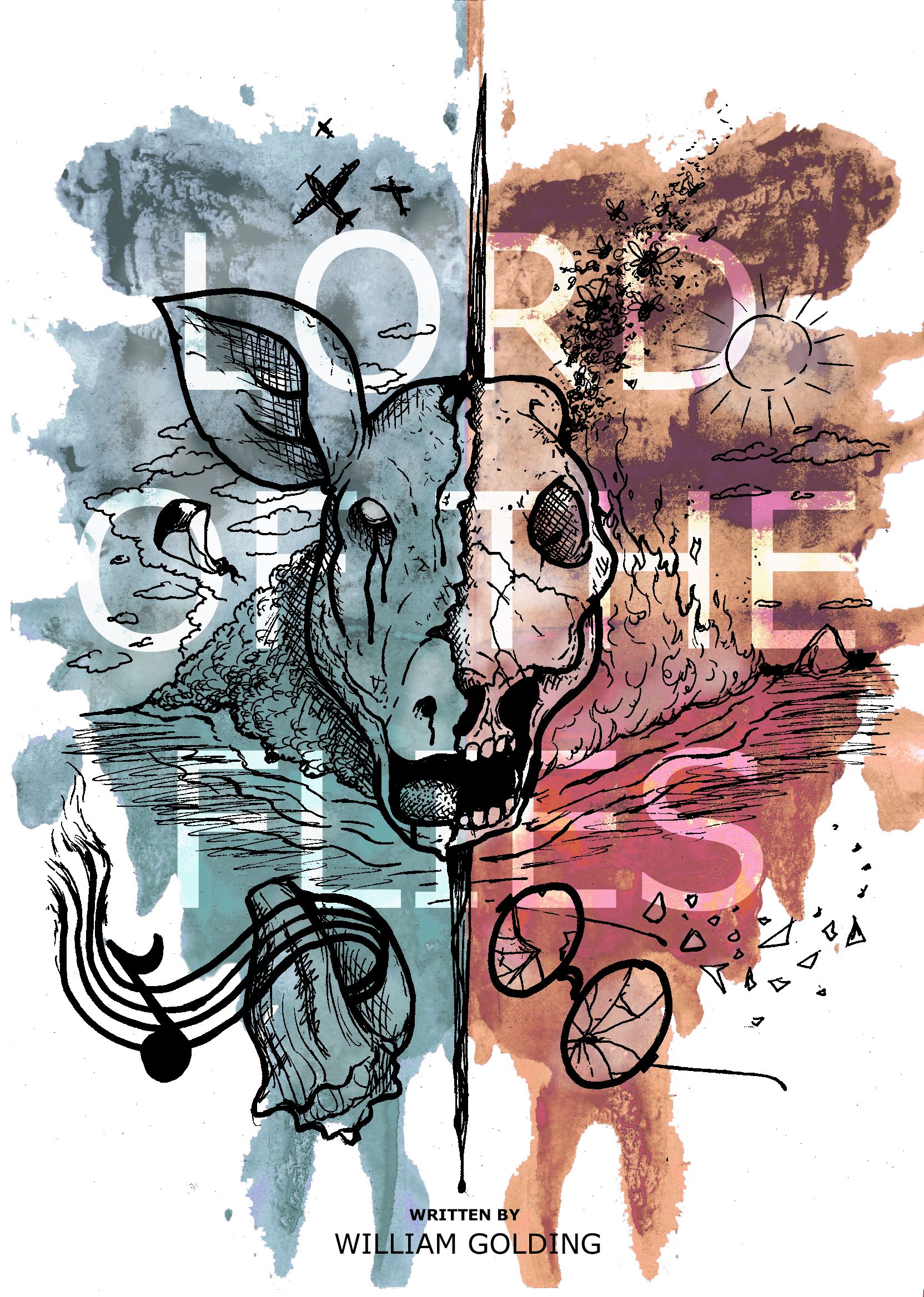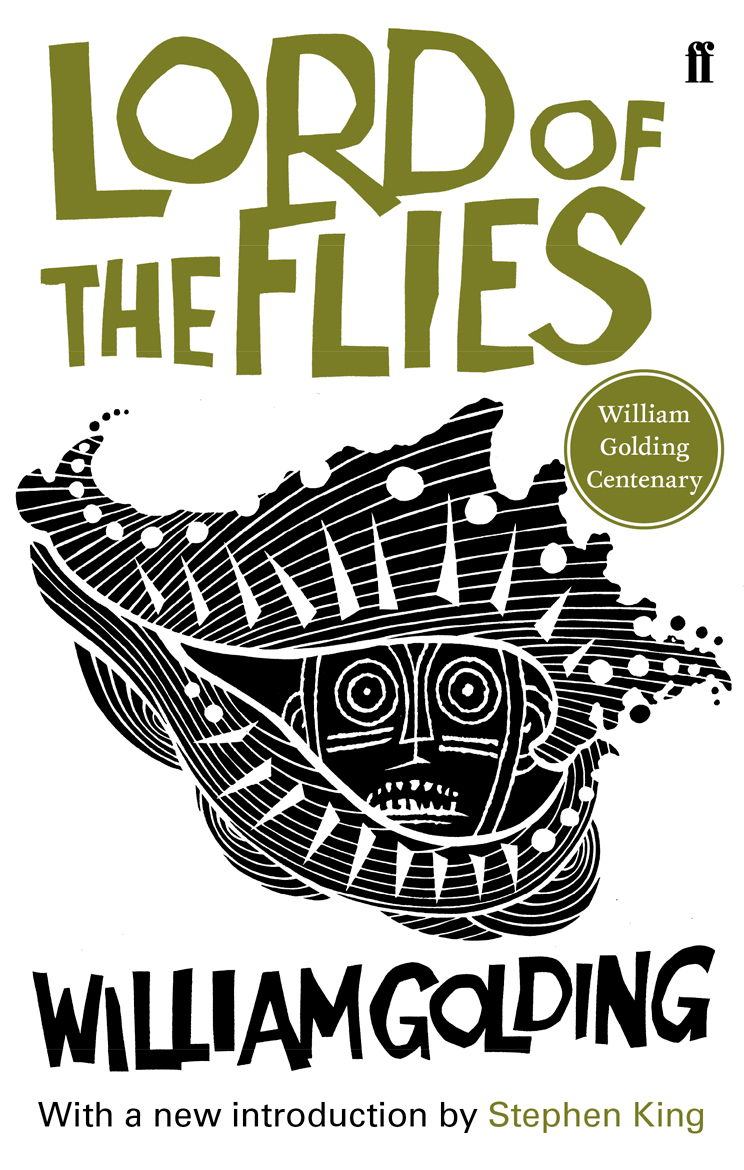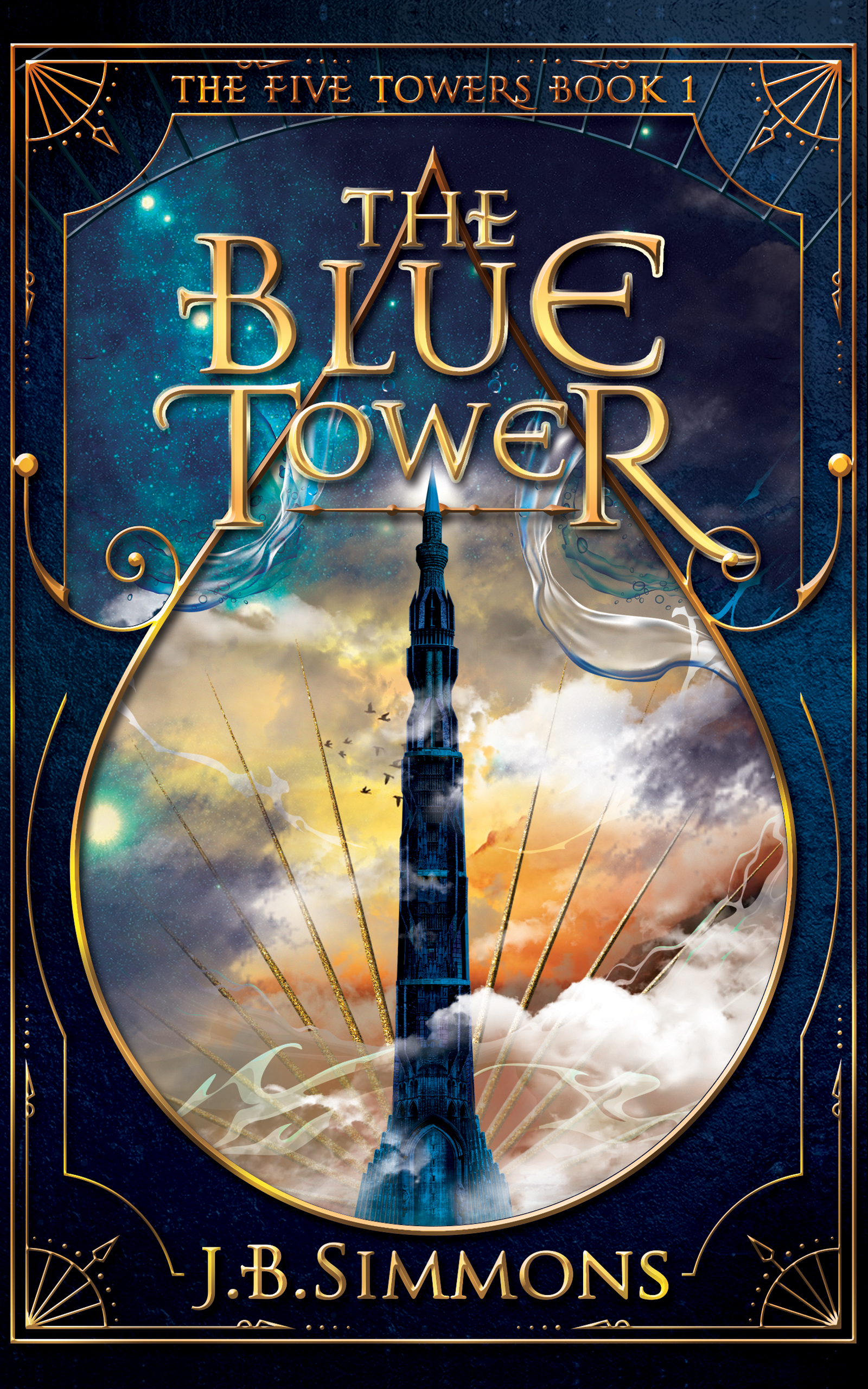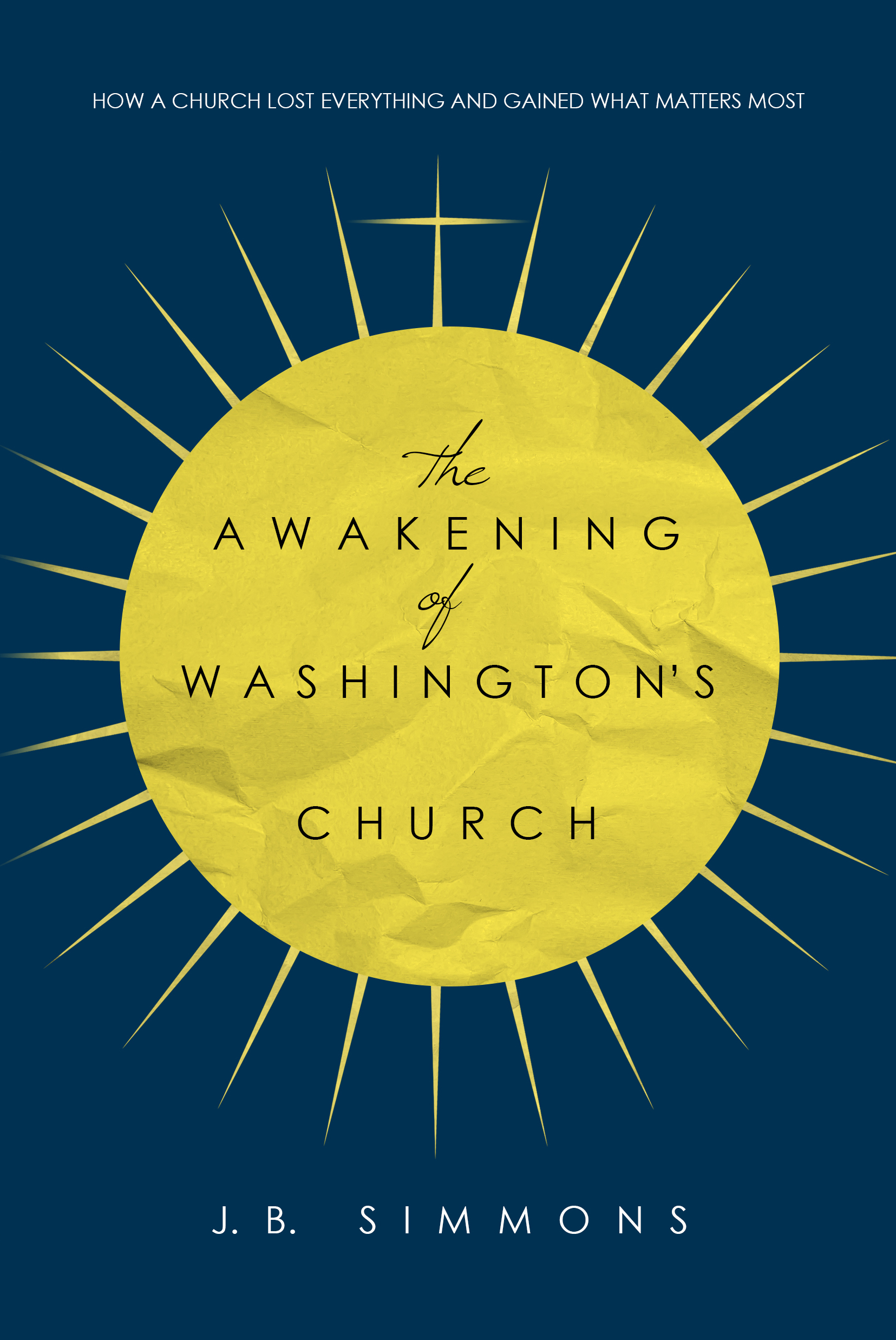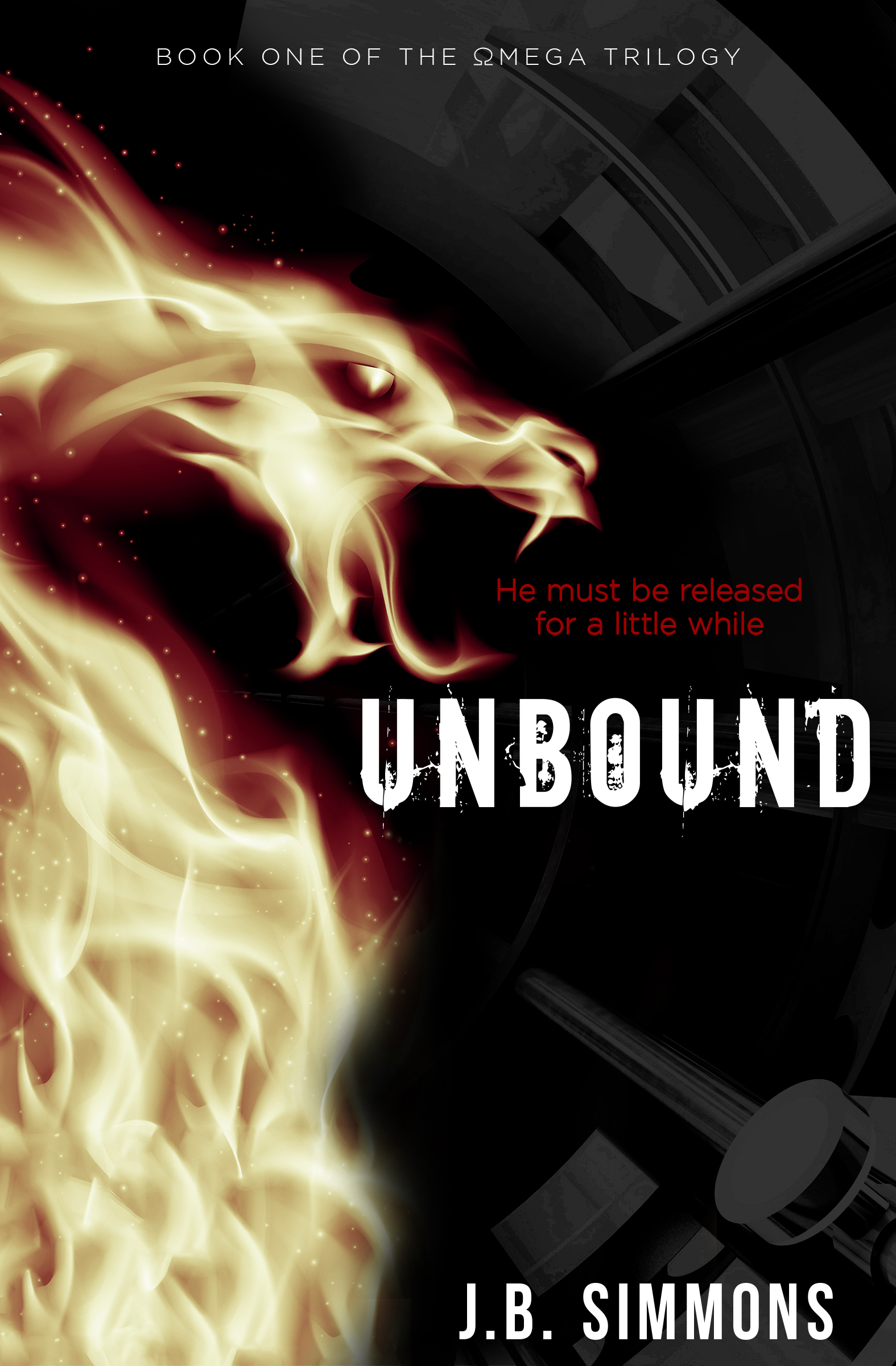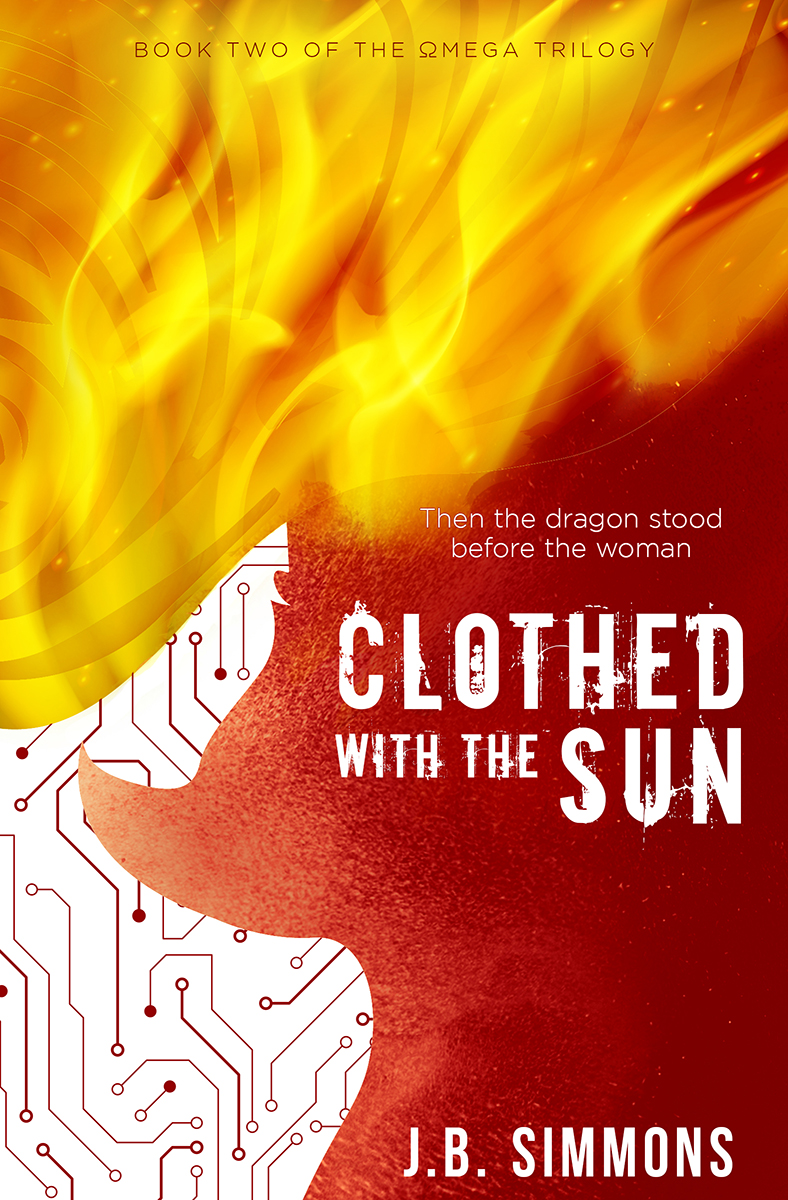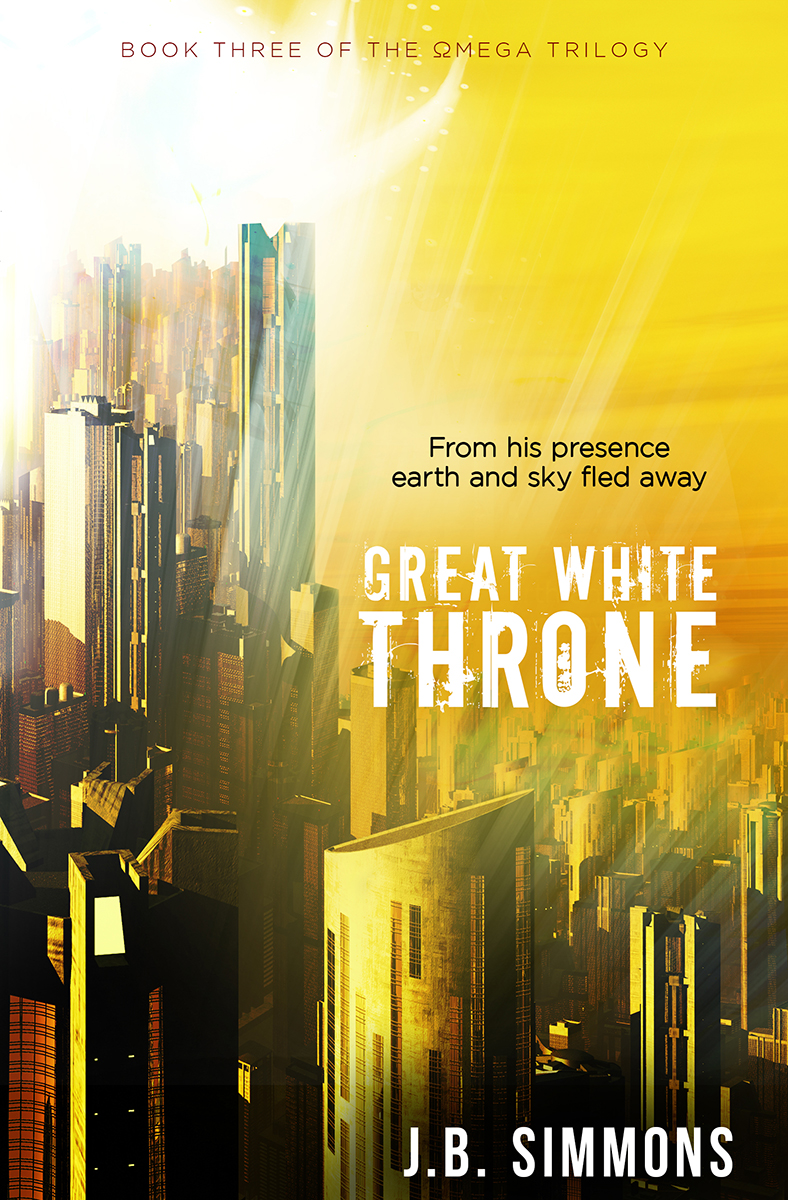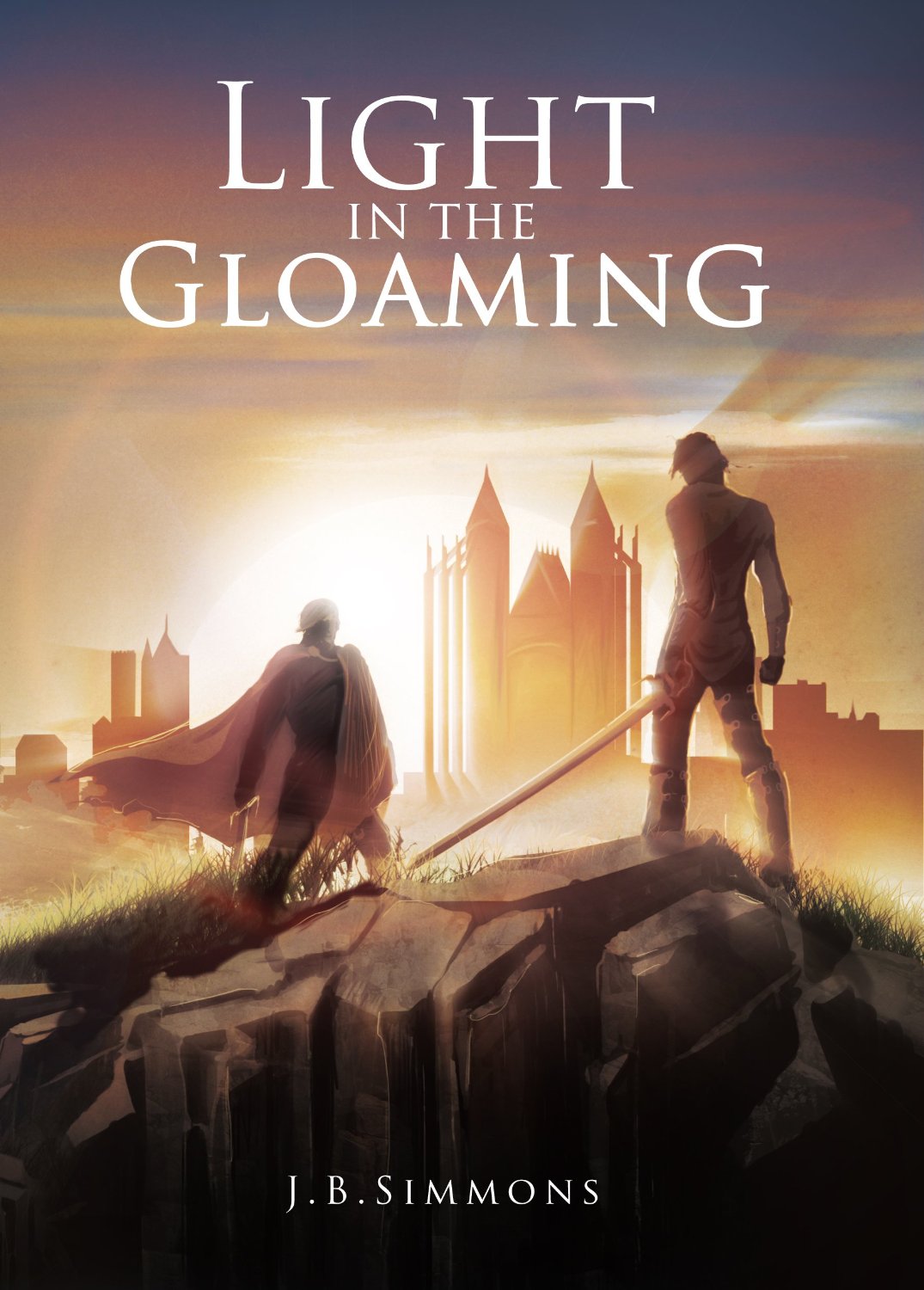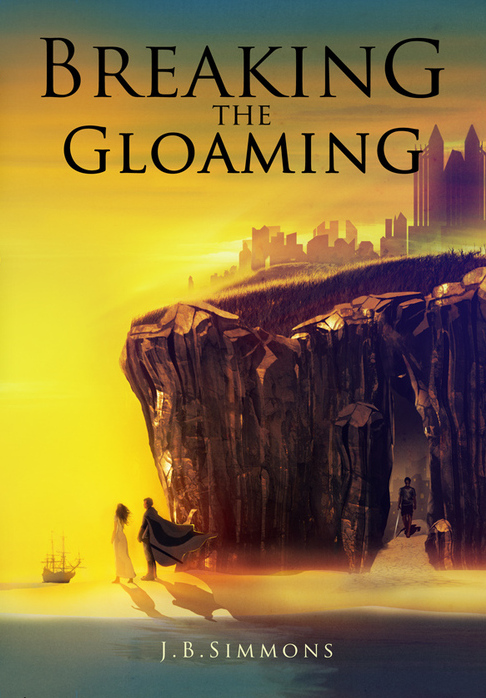Three Things That Turned A Violent Dystopian Novel Into A Required Reading Classic
/What books were you required to read in school? If you are like most Americans, it may have included The Great Gatsby, To Kill A Mockingbird, The Catcher in the Rye, and Lord of the Flies. Each of these books has a fascinating backstory. Each has become embedded in the culture through the millions of formative minds that read them. But only one is a bloody dystopia in which students themselves carry out the violence: Lord of the Flies.
I recently revisited the book as I worked on my current novel, The Green Tower. I figured I could learn from another chaotic struggle in a jungle. But Lord of the Flies is much more than that. Here are three things that have turned this novel into a classic that has endured—long before books like Hunger Games made dystopia cliché.
Don’t Judge A Book By Its Start
First, some background. The author of Lord of the Flies, William Golding, was a WWII veteran and English teacher in the UK. It took him several years, and piles of rejections, to find a publisher for the manuscript. When it was finally released in 1954, it staggered out of the gates. Fewer than 5,000 copies were sold in its first year. It went out of print.
But the book slowly gained critical acclaim. E.M. Forster chose it as his “outstanding novel of the year.” Then came the typical breakthrough moment: a feature film. When the movie came out in 1963, the book gained mainstream recognition. By then Lord of the Flies had sold 65,000 copies. Now it has sold millions and earned William Golding a Nobel Prize.
As the book entered popular culture, critics were concerned. The core of the book—however allegorical it might be—is violence. School kids are alone on a deserted island. The presence of fresh water and food is not enough to keep the peace. By the end, two boys have been killed. And not by accident.
Perhaps that is why the book started being banned. The American Library Association ranks it among the most challenged classics. Some schools found that it had “excessive violence.” Others found it “demoralizing” by implying that “man is little more than an animal.”
Such controversy only fanned the flames of success. But, of course, even notoriety cannot sustain a book’s success without substance. So what is the secret sauce in the pages of Lord of the Flies?
Three Things That Made Flies A Classic
1. A Fast, Gripping Plot
At 60,000 words, Lord of the Flies is a tight, action-driven story. The first page drops the reader straight into the chaos—the aftermath of a plane crash. The plot rises and rises from there, with hardly a pause. There are moments of introspection and theme (see below), but for the most part, it’s a riveting YA dystopian thriller—which just happens to be written in British prose from the 1950s. This was, after all, before the YA genre had even been defined.
For many people, it is the first book they read as a child that made them really care. A lot. My English major mother-in-law still gets upset about the book whenever it comes up. Stephen King said it was the first novel that made him feel “this is not just entertainment; it’s life or death.”
So as much as allegory or symbolism might qualify Lord of the Flies for school reading, it’s the storytelling that has made it endure for decades. First and foremost, it’s a gripping tale that’s hard to put down.
2. Great Characters
The book has an exceptionally strong cast of vivid characters. There’s the natural hero and initial leader, Ralph; the prudish choir boy turned chief savage and bad guy, Jack; and the tragically comic relief, Piggy. They are unforgettable, and other characters add spice to the conflict of these three.
As the Guardian put it when ranking Lord of the Flies as #74 on the best books of all time, “the main players – Ralph, Jack and Piggy – represent archetypes of English schoolboy, but Golding gets under their skin and makes them real. He knows how they tick, and draws on his own experience to explore the terrifying breakdown of their community.”
How does Golding do it? I think he gives details that make you understand the characters better and care about them, perhaps even more than they understand about themselves. Consider this exchange in the early pages:
Ralph paddled backwards down the slope, immersed his mouth, and blew a jet of water into the air. Then he lifted his chin and spoke.
“I could swim when I was five. Daddy taught me. He’s a commander in the Navy. When he gets leave he’ll come and rescue us. What’s your father?”
Piggy flushed suddenly.
“My dad’s dead,” he said quickly, “and my mum—”
He took off his glasses and looked vainly for something with which to clean them.
“I used to lived with my auntie. She kept a candy store. I used to get ever so many candies. As many as I liked. When’ll your dad rescue us?”
“Soon as he can.”
This brief introduction paints in vivid strokes. You, the reader, have a clear idea what it means for a boy to be a strident swimmer with a Navy commander father. You also know how it can affect a boy to grow up without parents and eat as much candy as he wants. Piggy’s flush and wipe of the glasses show his emotion, and confirm what the reader already suspects. He is not going to be Ralph’s equal.
With such an early, deep connection to the characters, the reader gazes down at these boys like a wise parent or an all-knowing deity. The readers knows the boys better than they know themselves. And by the end of the short book, the reader is inside their minds, feeling what they feel. It makes the conflict all the more gripping.
3. Powerful Symbolism and Theme (**Spoiler Alert**)
If you could bundle up the millions of student papers that have been written about the book, what would they say? They surely talk about the symbols: the conch, Piggy’s glasses, the pigs. Many would center on the theme of lost innocence. It would sound a lot like the hero’s final action in the book, when when the Navy indeed comes to the rescue: “Ralph wept for the end of innocence, the darkness of man’s heart…”
The preview for this came earlier, when a mysterious boy named Simon confronts the grim image of a pig’s head on a stake, left by the becoming-savages that hunted and killed it. The sow’s “half-shut eyes were dim with the infinite cynicism of adult life. They assured Simon that everything was bad business.”
Simon confronts the Lord of the Flies
Adults know what Simon means. Some say Simon is a Christ-like figure, no doubt due to his innocent death at violent hands. Perhaps that was Golding’s intent, but the final book pared back many details about Simon. One writer reports that “Golding originally designed the boy as a sanctified, ethereal character, which his editor thought was too heavy-handed. The Simon that appears in the final draft of Lord of the Flies is indeed a good deal more peaceful and conscientious than his peers, but lacks the ostentatious godliness that [the editor] found problematic.”
Simon comes to represent innocence writ large, with religiosity taking a back seat. Innocence ends, beset by the infinite cynicism of adult life. The natural state of man is fallen, even barbaric. That’s a powerful message for students.
Many philosophers have debated the natural state. Rousseau says it’s paradise. Hobbes and others say that life in nature—even a beautiful, fruit-filled island as in Lord of the Flies—is nasty, brutish, and short. It seems Golding joins another famous English writer who spun the tale of how paradise is lost. But the book’s philosophy is subtle, only sinking in through a pulse-inducing conflict between characters who jump out of the page.
Story First, Then Meaning
There have been many dystopian novels and YA thrillers since Lord of the Flies. Some argue that we should retire classics in favor of newer works for students—like assigning The Kite Runner instead of The Great Gatsby (see more on this controversial list).
But I think Lord of the Flies will endure for far longer, and for good reason. The story dips into the fundamental reality of human existence, and it does so in page-turning style. Stories like this do not grow old.
As Stephen King put it: “I finished the last half of Lord of the Flies in a single afternoon, my eyes wide, my heart pounding, not thinking, just inhaling. But I’ve been thinking about it ever since, for fifty years and more. My rule of thumb as a writer and a reader—largely formed by Lord of the Flies—is Feel it first, think about it later. Analyze all you want, but first dig the experience.”
Preach it, Stephen.
- J.B.

